Intelligent Firefighting Systems Transforming Marine Safety
Real-Time Hazard Detection in Maritime Environments
Modern hazard detection technologies in maritime environments are reshaping safety protocols. These advanced systems leverage sensors and AI, specifically designed for detecting potential fire hazards in marine settings. Real-time monitoring is a critical component of these technologies, allowing identification and assessment of fire risks efficiently. For instance, thermal imaging sensors can detect increases in temperature that signal potential fire outbreaks. Successful deployments of these systems have demonstrated their effectiveness; statistical data shows a significant reduction in fire-related incidents in marine environments equipped with real-time hazard detection systems. These advancements lead to safer marine operations, ensuring protection for personnel and assets.
Automated Suppression Technologies
Automated suppression technologies play an essential role in marine firefighting, offering solutions that activate without human intervention. These innovations include foam fire extinguishing systems and automated fire sprinkler systems, designed to respond immediately during emergencies. The effectiveness of these systems lies in their rapid activation and capability to control fire spread, minimizing damage and downtime. Case studies have highlighted their successful application in ship and port operations, showcasing instances where automated systems have swiftly managed fire incidents. This technology not only enhances marine safety but also provides peace of mind knowing that risks are effectively mitigated through automation.
Integrated Solutions for Marine Emergency Prevention
Flood Control Innovations for Port Infrastructure
Modern flood control solutions tailored for port infrastructure are crucial in mitigating the risks associated with climate change. These systems include technologies such as advanced barriers and high-capacity pumps, specifically designed to cope with increased flooding events. With global warming contributing to more frequent and severe storms, ports are at heightened risk, necessitating these innovative systems that bolster port safety and climate resilience. Evidence from recent storm events demonstrates the effectiveness of these flood control systems. For instance, new barrier installations have successfully reduced flooding occurrences, as reflected in statistical data from ports impacted by hurricanes.
Emergency Response Integration with IoT Networks
Integrating IoT devices into marine emergency response plans is revolutionizing maritime management. These technologies enable real-time data sharing among responders, dramatically improving response times during emergencies. By harnessing IoT networks, emergency services can access critical information instantaneously, facilitating quicker and more coordinated actions. Examples from maritime settings highlight the positive impact of these implementations. For instance, IoT sensors deployed in ships and ports have optimized emergency management, enhancing situational awareness and creating safer environments. This integration underscores the potential of IoT in transforming emergency response strategies, ensuring effective and timely interventions.
Featured Marine Safety Products
Flood Control System Door Entrance Plate
The flood control system door entrance plate stands at the forefront of marine safety products, designed to provide robust flood protection at crucial entry points. This system ensures effective sealing and resistance against water ingress, particularly vital in coastal areas prone to abrupt weather changes. Installation involves straightforward procedures compatible with existing infrastructure, making it versatile for various settings—from residential to commercial. Those who have implemented this system praise its ability to significantly mitigate flood damage. Expert reviews highlight its ingenuity in design and reliability in adverse conditions, proving its essential role in flood prevention and coastal safety management.
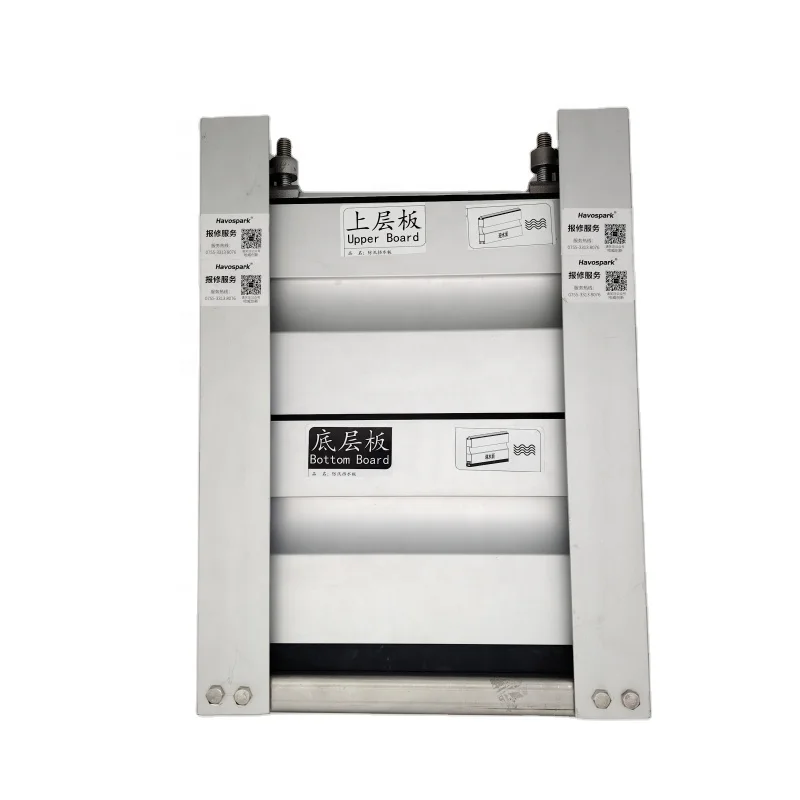
Flood control system door entrance flood control plate safety flood barrier
This flood control system is engineered to provide substantial protection against water ingress, making it integral for coastal areas dealing with unpredictable weather patterns. It integrates seamlessly with existing infrastructure, enhancing its versatility across various applications.
Factory Flood Control Panel Box Wall
The factory flood control panel box wall is a fundamental component for safeguarding industrial facilities against water intrusions. Designed specifically for robust protection, these panels are crucial in preserving the integrity of factory operations during severe weather events. Detailed technical specifications ensure compatibility with marine environments, allowing for seamless integration and high-performance stability. Installation guidelines prioritize ease and efficiency, reinforcing their utility in emergency scenarios. Data collected from industrial settings reveal that deploying such panels significantly cuts down on flood-related losses, marking them as indispensable tools for marine safety and infrastructure preservation.
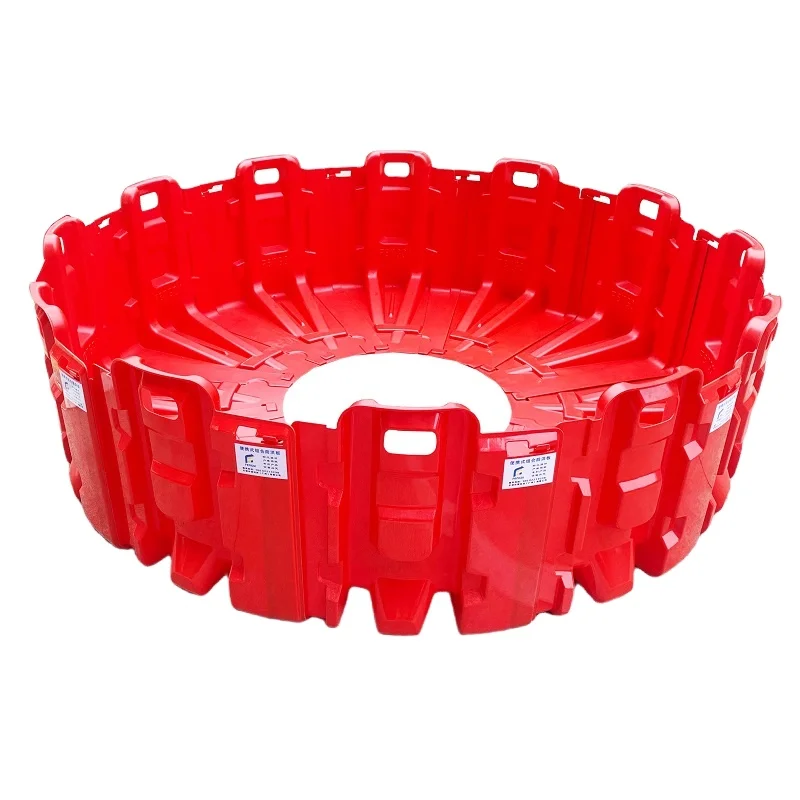
Flood Control Factory Flood Control Panel Box Wall
These panels are strategically engineered for factory settings, offering high-level protection during flooding events, and contributing significantly to loss prevention in industrial environments, showcasing their relevance in marine and infrastructure safety management.
Lifesaving Smart Wristband with SOS Coordination
The lifesaving smart wristband is a groundbreaking device engineered to elevate safety standards in maritime activities. Equipped with advanced SOS coordination, this wristband ensures timely distress signals reach emergency services, enhancing safety outcomes significantly. The device boasts features such as real-time location tracking, extended battery life, and high buoyancy, making it ideal for water-related emergencies. With its capability to update positioning every 15 seconds, users benefit from precise tracking and enhanced situational awareness and creating safer environments. This integration underscores the potential of IoT in transforming emergency response strategies, ensuring effective and timely interventions.
Lifesaving Smart Wristband
This wristband features cutting-edge technology to enhance safety during marine emergencies. With its robust SOS coordination capabilities and real-time positioning updates, it helps ensure personal safety in the maritime environment.
Implementing Systems in Maritime Operations
Custom Deployment Strategies for Marine Facilities
When it comes to deploying intelligent firefighting systems in marine facilities, custom strategies are key. Understanding the risk factors specific to each marine environment is essential. This includes considering aspects like the size of the facility, its layout, and the types of hazards most likely to occur. By tailoring deployment strategies to these factors, organizations can determine the most effective placement and integration of intelligent firefighting systems.
Once a strategy is in place, implementation follows using advanced technologies like artificial intelligence and big data analytics. This ensures that the intelligent systems are efficient and effective at detecting and responding to potential fire hazards, providing enhanced safety and security for marine operations.
The correlation between systematic maintenance and reduced incident rates is well-documented, highlighting the importance of maintaining systems to ensure their reliability over time. Regular maintenance protocols are vital for the ongoing effectiveness of intelligent firefighting systems. By ensuring that these systems are operating at optimal levels, the likelihood of system failures is greatly reduced, contributing to improved safety in marine environments.
Maintenance Protocols for Continuous Protection
Regular maintenance protocols are vital for the ongoing effectiveness of intelligent firefighting systems. By ensuring that these systems are operating at optimal levels, the potential for system failures is minimized. It includes conducting routine inspections to identify any potential issues or areas that may need enhancement. This proactive approach ensures that maintenance is proactive and timely. Additionally, technical upgrades should be incorporated as needed to maintain the efficacy of the systems in safeguarding marine operations, thereby reducing the incidence of emergency situations. The correlation between systematic maintenance and reduced incident rates is well documented, highlighting the importance of regular upkeep for ensuring ongoing reliability.
The correlation between systematic maintenance and reduced incident rates is well documented, highlighting the importance of regular upkeep to ensure the ongoing reliability of intelligent firefighting systems in marine operations. By maintaining systems regularly, operators can ensure they remain functional and effective, reducing the potential for costly and dangerous failures and maintaining high safety standards at sea.




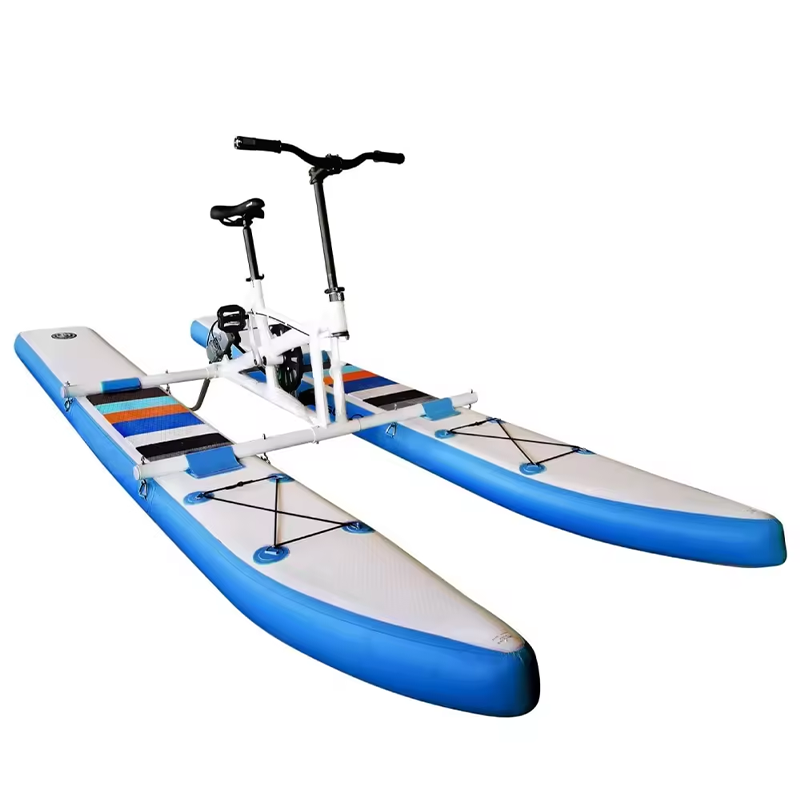
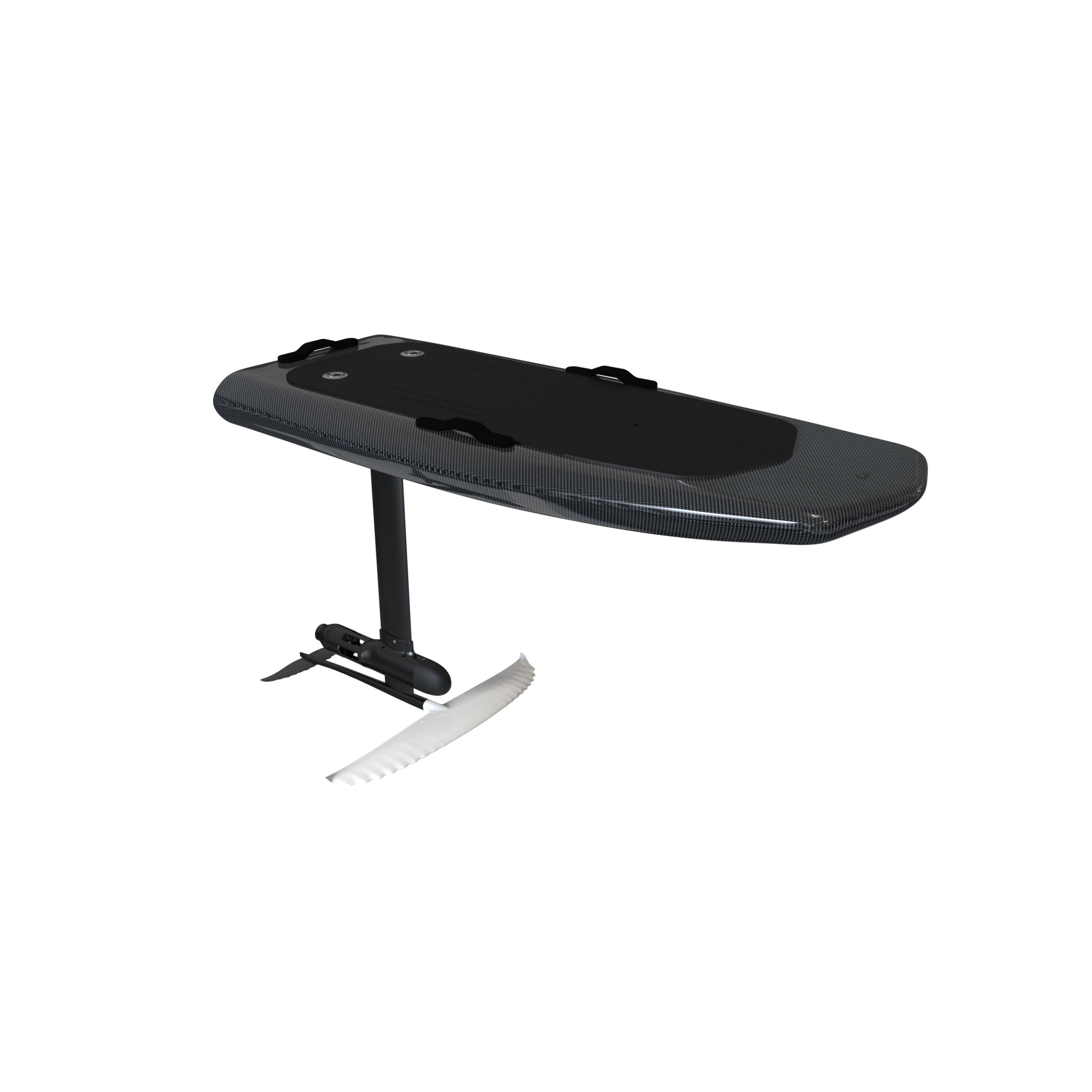
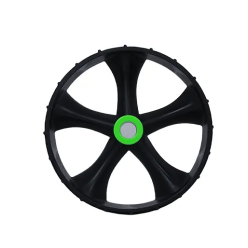

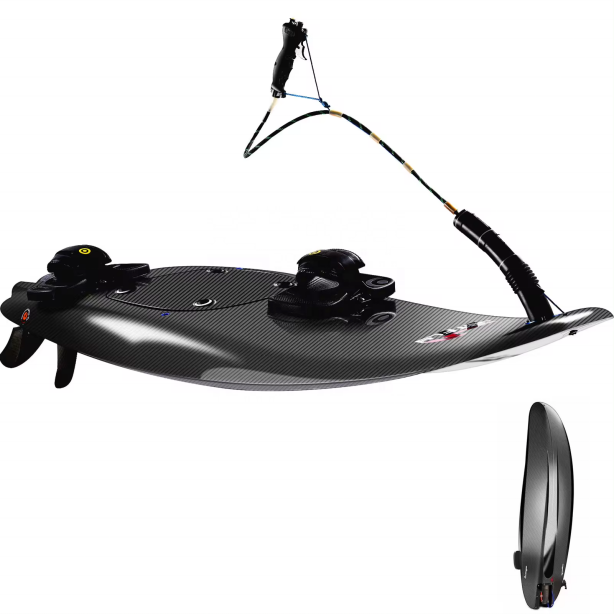
 Hot News
Hot News
